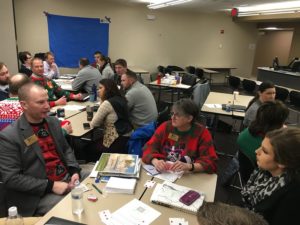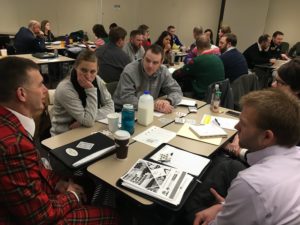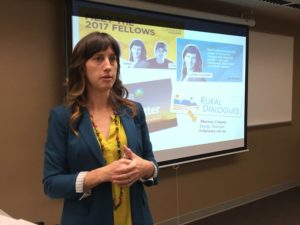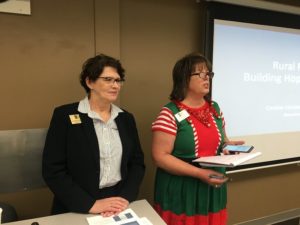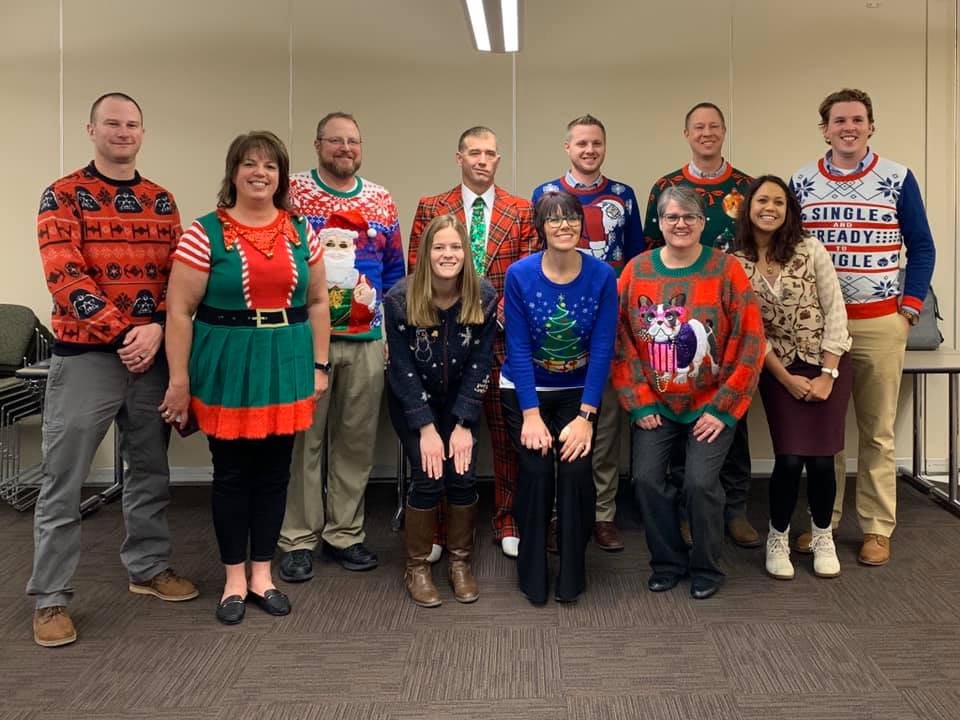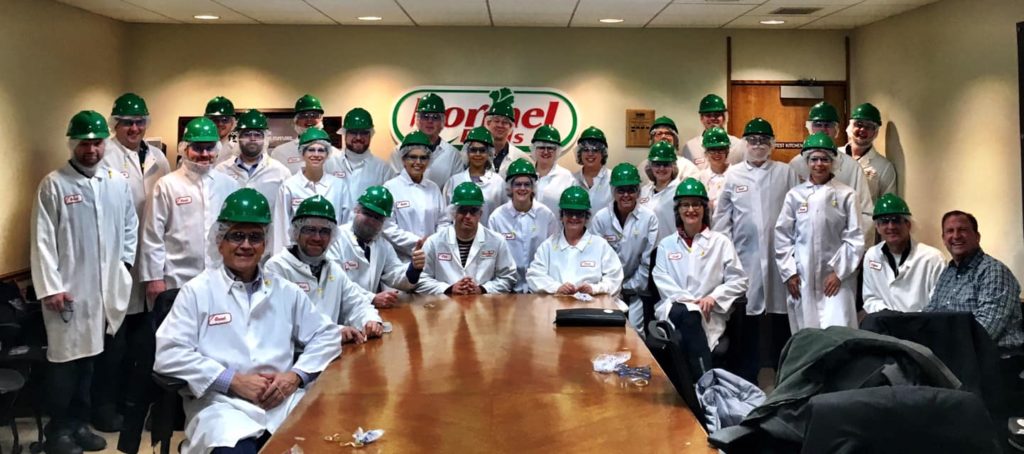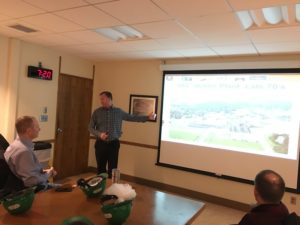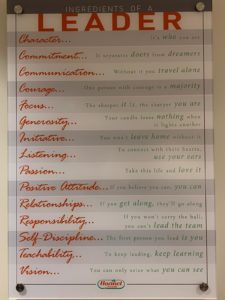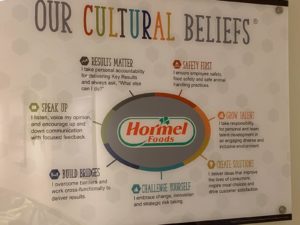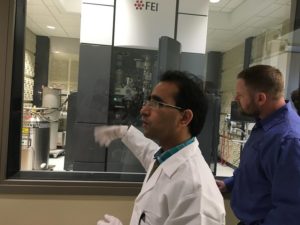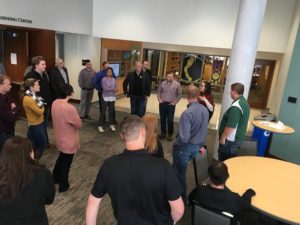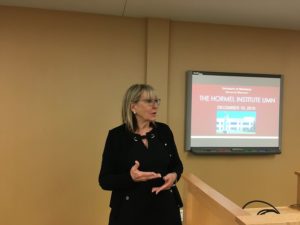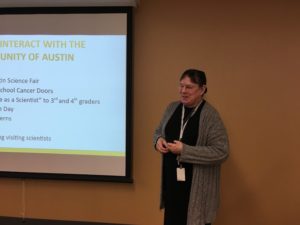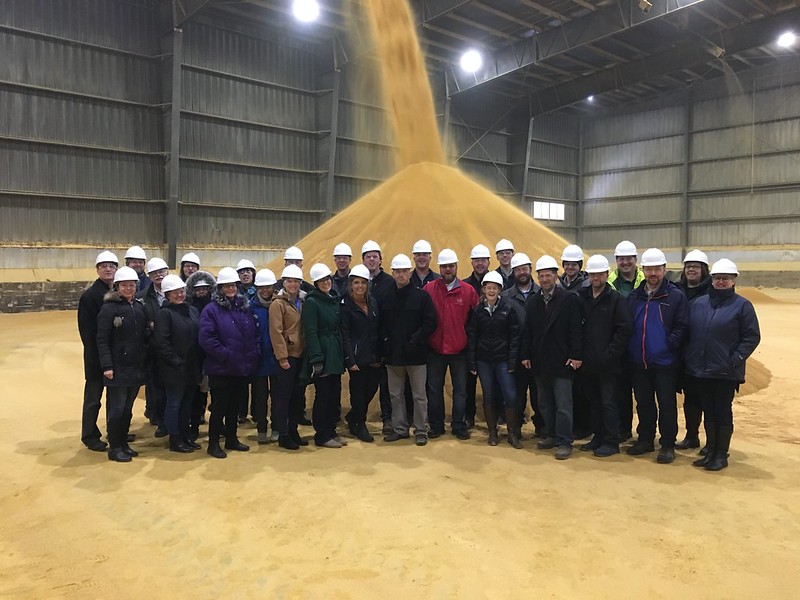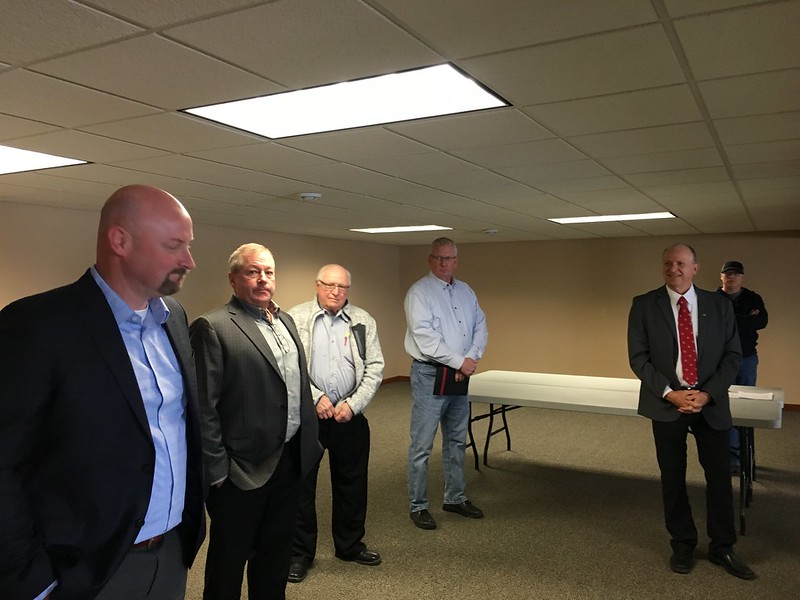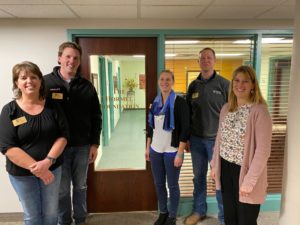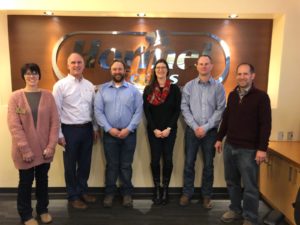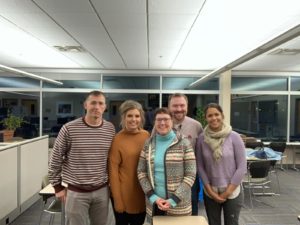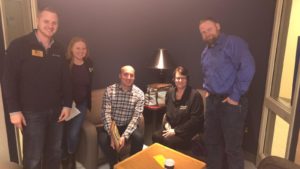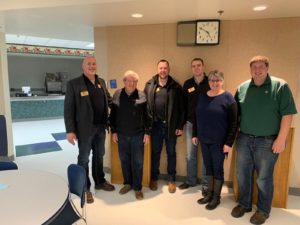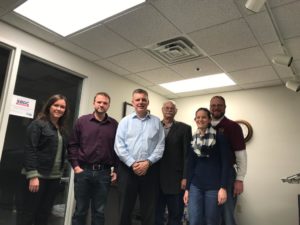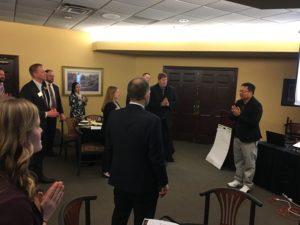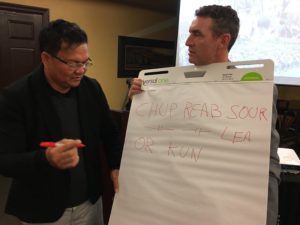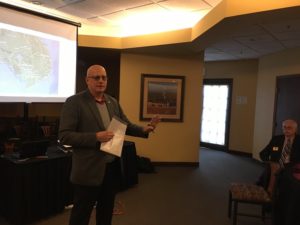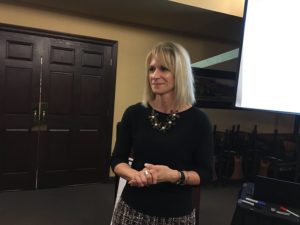Strengths in Ourselves and our Communities
On our final day of the Austin seminar, we met at Riverland Community College to discuss rural resilience and emotional health of the ag community. We started the morning by sharing what we learned the previous day in our strengths of Austin discussion with local subject matter experts, sharing how each community capital plays a role in the ecosystem of the local economy. We discussed how we can take insights from the community of Austin back to our own communities and the impacts it can make.
After discussing strength in communities, Anna Claussen (Class VII), founder of Voices for Rural Resilience, discussed how she is helping rural communities come together to facilitate discussions about the social change necessary to shift the way people think about rural issues. She talked about her approach to build humanity, empathy and how she is starting conversations in a healthy, respectful dialogue. She has been doing this in numerous communities around the state of Minnesota, discussing the rural climate dialogue and hopes to keep this momentum in the future.
Following Anna, Cynthie Christensen (Class III), RN, LPCC discussed the emotional health of our rural communities and the simple tasks we can do each day to help those that are struggling. With one in five adults suffering from some sort of mental illness and one person dying from suicide every twelve hours, it’s up to us to watch out for each other. Cynthie talked about how mental health is like CPR, resuscitation is the first step in delivering help. As a class, we discussed some of the barriers in getting help and the stigmas that exist. We closed the discussion with one sentence that says it all, “Sometimes you NEED help and sometimes you ARE the help.”
The final discussion of the day centered around the Art of Hosting, focusing on Open Space Technology. Art of Hosting helps leaders exercise effective engagement and act as hosts while engaging with others to generate the conversation. Open Space Technology is a way to engage many kinds of people, in any kind of organization, to create inspired conversations. It creates a time and space for people to discuss a topic deeply and creatively. While there are no “rules” to how an open space discussion works, there are four principals; whoever comes is the right people, whatever happens is the only thing that could have; whenever it starts is the right time; whenever it is over, it is over. And there is one rule, if you find yourself in a situation where you are not contributing or learning, move somewhere where you can. The end result can be an engaged group where every single issue that anybody cares about enough to raise will be on the table and a healthy discussion for path forward to make action items and next steps.
As we closed out the session with our golden nuggets and a group picture for those who decked out in their best festive wear, we headed back home to spend the holidays with friends and loved ones. Wishing all of you a wonderful holiday season and a cheerful 2020!
Submitted by Stephanie Loch
